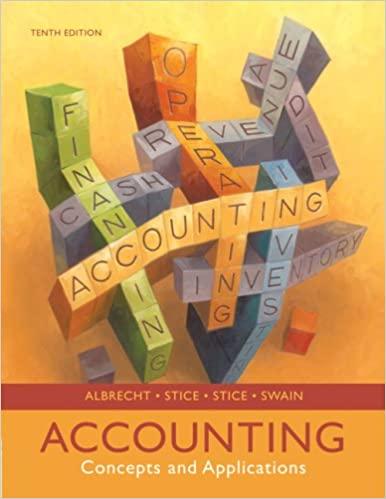
6-24 (Objectives 6-6, 6-9) The followings are specific presentation and disclosure-related audit objectives applied to presentation and disclosure for fixed assets (a through e) and management assertions (1 through 3). Specific Presentation and Disclosure-Related Audit Objective a. All required disclosures regarding fixed assets have been made. b. Footnote disclosures related to fixed assets are clear and understandable. c. Methods and useful lives disclosed for each category of fisted asset are accurate. Management Assertion about Presentation and Disclosure 1. Completeness 2. Valuation and accuracy 3. Classification and understandability Required for each specific presentation and disclosure-related audit objective, identify the appropri ate management assertion (Hint: See Table 6-5) 6-25 (Objective 6-8) The following (I through 19) are the balance-related, transaction related and presentation and disclosure-related audit objectives. Balance Related Transaction-Related Presentation and Diure Audit Objectives Audit Objectives Related Audit Octs 1. Existence 9. Occurrence 16. Completeness 2. Completeness 10. Completeness 17. Valuation and accuracy 3. Accuracy 11. Accuracy 18. Classification and 4. Classification 12. Classification understandability 5. Cutoff 13. Timing 6 Detail tie-in 14. Posting and 7. Realizable value summarization & Rights and obligations 15. Rights and obligations Required Identify the specific audit objective (1 through 18) that each of the following specific audit procedures (a through h.) satisfies in the audit of sales, accounts receivable, and cash receipts for fiscal year ended December 31, 2011 2. Examine a sample of duplicate sales invoices to determine whether each one has a shipping document attached b. Add all customer balances in the accounts receivable trial balance and agree the amount to the general ledger C. For a sample of sales transactions selected from the sales journal, verify that the amount of the transaction has been recorded in the correct customer account in the accounts receivable sub ledger. d. Inquire of the client whether any accounts receivable balances have been pledged as collateral on long-term debe and determine whether all required information is included in the footnote description for long-term debt. c. For a sample of shipping documents selected from shipping records, trace each ship- ping document to a transaction recorded in the sales journal. 1. Discuss with credit department personnel the likelihood of collection of all accounts as of December 31, 2011 with a balance greater than US$100,000 and greater than 90 days old as of year-end. 8. Examine sales invoices for the last five sales transactions recorded in the sales journal in 2011 and examine shipping documents to determine they are recorded in the cor- rect period h. For a sample of customer accounts receivable balances for December 31, 2011, exam ine subsequent cash receipts in January 2012 to determine whether the customer paid the balance due







